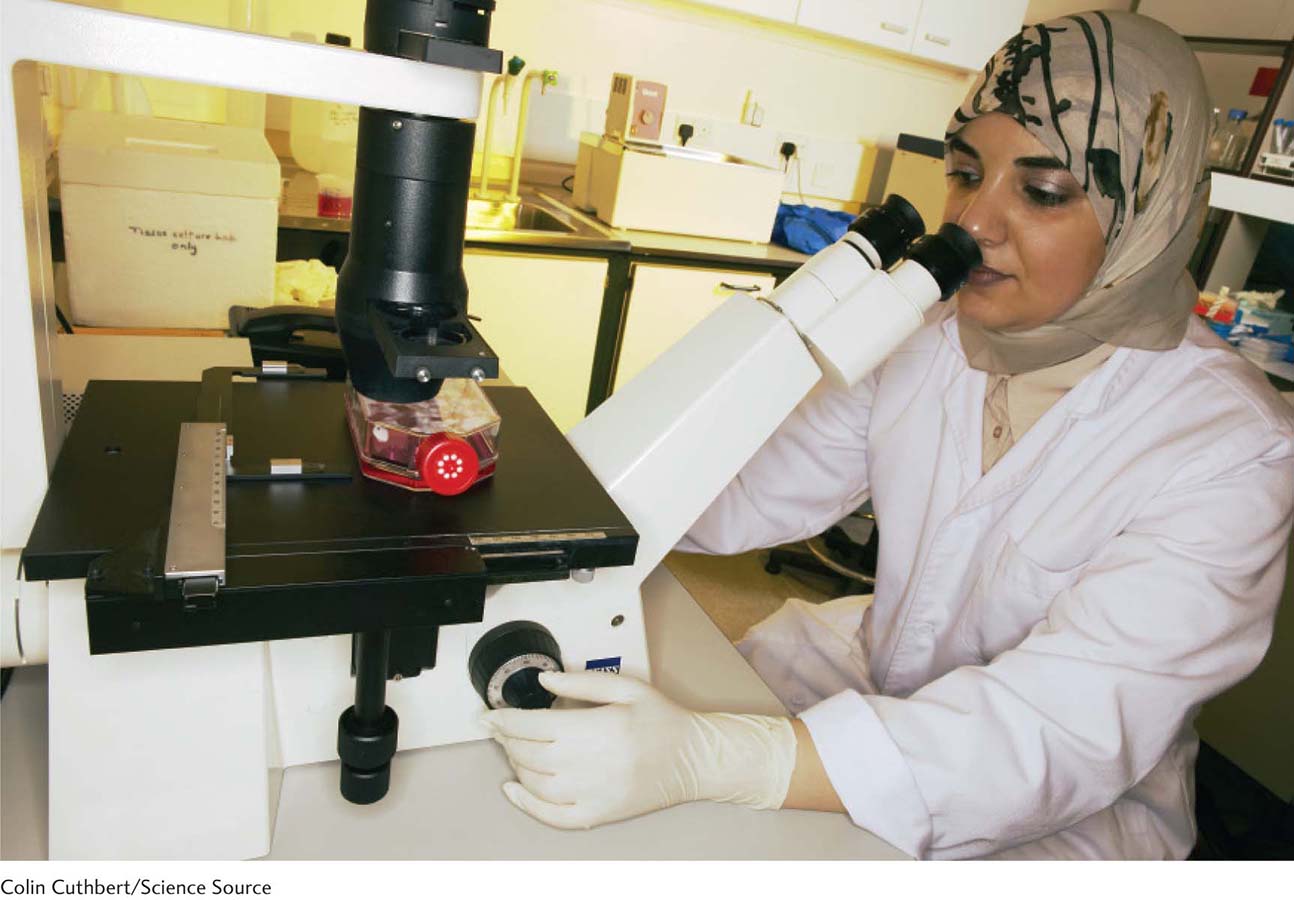1.1 Who We Are and What We Study
4
Lifespan development, the scientific study of human growth throughout life, is a latecomer to psychology. Its roots lie in child development, the study of childhood and the teenage years. Child development traces its origins back more than a century. In 1877, Charles Darwin published an article based on notes he had made about his baby during the first years of life. In the 1890s, a pioneering psychologist named G. Stanley Hall established the first institute in the United States devoted to research on the child. Child development began to take off between World Wars I and II (Lerner, 1998). It remains the passion of thousands of developmental scientists working in every corner of the globe.
Gerontology, the scientific study of aging—
Lifespan development puts it all together. It synthesizes what researchers know about our unfolding life. Who works in this huge mega-
Lifespan development is multidisciplinary. It draws on fields as different as neuroscience, nursing, psychology, and social policy to understand human development. A biologically oriented developmentalist might examine toddlers’ output of salivary cortisol (a stress hormone) when they arrive at day care. An anthropologist might look at cultural values shaping the day-
care choice. A social policy expert might explore the impact of offering universal government- funded day care in Finland and France. A biochemist who studies Alzheimer’s disease might decode what produces the plaques and tangles that ravage the brain. A nurse might head an innovative Alzheimer’s unit. A research- oriented psychologist might construct a scale to measure the impairments produced by this devastating disease.  This researcher is among the thousands of developmental scientists whose mission is to decode the causes of that later life scourge, Alzheimer’s disease.Colin Cuthbert/Science Source
This researcher is among the thousands of developmental scientists whose mission is to decode the causes of that later life scourge, Alzheimer’s disease.Colin Cuthbert/Science SourceLifespan development explores the predictable milestones on our human journey, from walking to working, to Elissa’s sudden shyness and attachment to her mother. Are people right to worry about their learning abilities in their fifties? What is physical aging, or puberty, or menopause all about? Are there specific emotions we feel as we approach that final universal milestone, death?
Lifespan development focuses on the individual differences that give spice to human life. Can we really see the person we will be at age 73, by age 50, or 30? How much does personality or intelligence change as we travel through life? Developmentalists want to understand what causes the striking differences between people in temperament, talents, and traits. They are interested in exploring individual differences in the timing of developmental milestones, too; examining, for instance, why people reach puberty earlier or later or age more quickly or slowly than their peers.
Lifespan development explores the impact of life transitions and practices. It deals with normative, or predictable, transitions, such as retirement, becoming parents, or beginning middle school. It focuses on non-
normative, or atypical, transitions, such as divorce, the death of a child, or how declines in the economy affect how we approach the world. It explores life practices, such as smoking, spanking, or sleeping in the same bed with your child.
Developmentalists realize that life transitions that we consider normative, such as retiring or starting middle school, are products of living in a particular time in history. They understand that practices such as smoking or sleeping in bed with a child vary, depending on our social class and cultural background. They know that several basic markers, or overall conditions of life, affect our development.
5
Now it’s time to introduce some contexts of development, or broad general influences, which I will be continually discussing throughout this book.